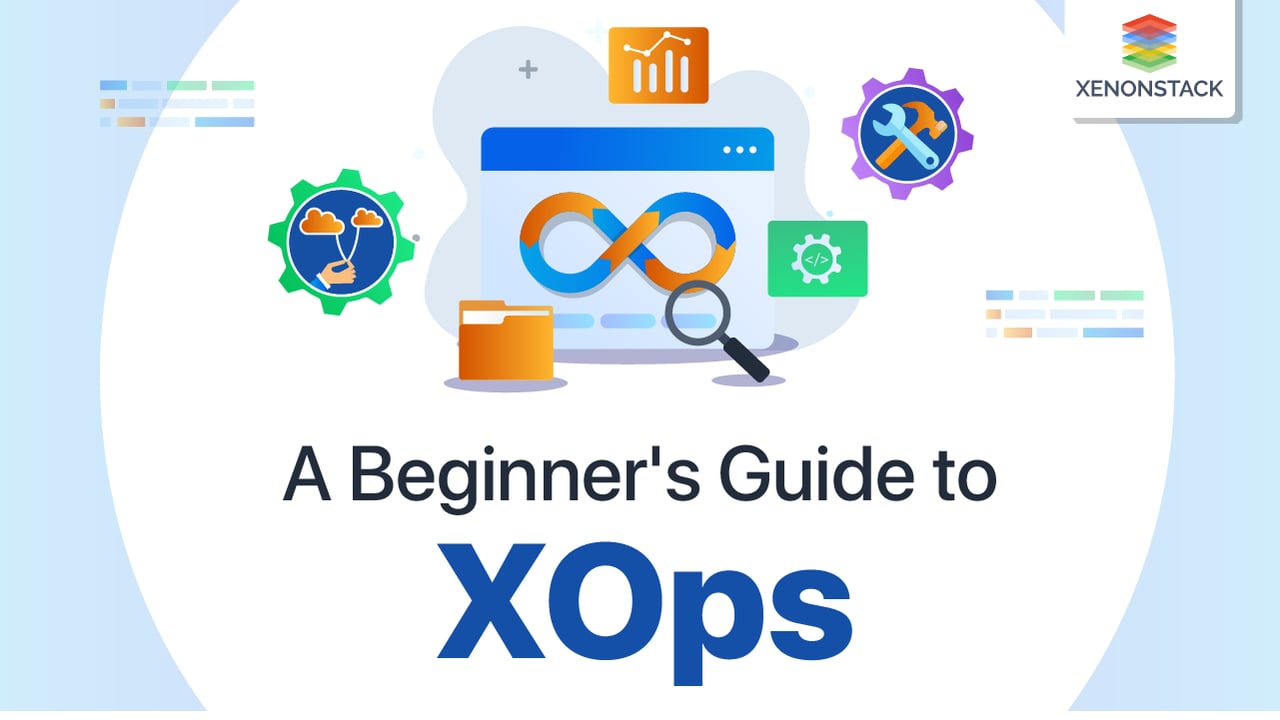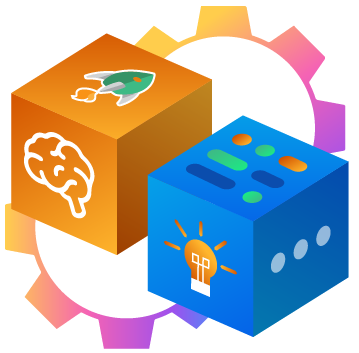
Introduction to XOps
How many "ops" can fit in the company? The number is endless, many of them under the umbrella of XOps. The goal of XOps, which includes PlatformOps, MLOps, DataOps, and ModelOps, is to create an enterprise technology stack that enables automation and reduces duplication of technologies and processes. Put, enabling AI and machine learning (ML) workflows is the natural evolution of DataOps across the workplace and enterprise. Instead of tackling this problem as an afterthought, XOps allows data and analytics process owners to operationalize processes and automation from the start.
A workflow that allows you to scale up to a production-grade solution and not try to fit the model in the rigid workflow. Taken From Article, Streamlining ML Projects with MLOPs
What is XOps?
Talking about IT modernization, one of the key ingredients comes from automation. DevOps can get us there, but more is needed for perfect results. Due to the recent popularity of various Ops capabilities, XOps has become an umbrella term that defines a combination of IT disciplines such as DevOps, DevSecOps, AIOps, MLOps, GitOps, and BizDevOps.
Out of DevOps principles, XOps is operationalizing other areas, starting with DataOps and following MLOps, ModelOps, and PlatformOps. At its core, XOps refers to strategies for building agile solutions that can quickly adapt as your data landscape evolves. "Reliability, reusability, and reproducibility through process and automation" have always been the guiding principles. And finally, as Gartner puts it, "XOps enables organizations to operationalize analytics and data to drive business value."
The Emergence of XOps?
XOps is an extension of DevOps. It shortens system development cycles and provides continuous delivery with high software quality. Ops has many different capabilities, but XOps is now used as an umbrella term to describe the convergence of IT operations such as DevOps, DevSecOps, AIOps, MLOps, and BizDevOps. XOps connects the various cycles from developing, deploying, and maintaining to operationalizing the expertise and processes needed to monitor and maintain analytics and AI tasks.
XOps is a relatively new term, but it's already gaining traction in DevOps. This has been interpreted as a great way to advance operational progress and how we organize to meet business needs.
The process of building the analytical model using Deep Learning or Machine Learning the data set is collected from various sources. Click to explore about our, Data Preprocessing and Data Wrangling in Machine Learning
Various Components makeup XOps
- CloudOps - CloudOps refers to managing activities to optimize IT workloads or services in the cloud. This includes various aspects such as cloud architecture, software development, security, and compliance. The goal is to improve the accessibility and efficiency of cloud services within the enterprise.
- MLOps - MLOps refers to building, deploying, and managing machine learning models. It is an umbrella term combining various methodologies such as DevOps, machine learning, and data manipulation, making using machine learning algorithms easier and more efficient. All of this should be done with the company's goals in mind.
- BizDevOps - BizDevOps, also known as DevOps 2.0, is an approach to software development that enables developers, operations staff, and business teams to work together to develop software, respond more quickly to user needs, and ultimately maximize revenue. Approach.
- GitOps - It is customary to manage infrastructure and application systems with Git (an open-source version control system). According to open source leader Red Hat, GitOps uses Git-Pull Requests to manage infrastructure provisioning and provisioning automatically. A Git repository contains the entire state of the system. This allows you to easily see changes made to the system and continue working if necessary.
- DevOps - DevOps is a software development approach that allows teams to manage the application development pipeline from development and testing to deployment and monitoring. It aims to reduce the length of the system's development lifecycle while meeting the needs of the business. It consists of different phases, such as continuous development, continuous integration, continuous testing, continuous deployment, and continuous monitoring.
- DataOps - This is a common process in analytics and is taken up slowly and at a good pace. Attempts to reduce cycle time for data analysis projects while improving quality. It starts at the beginning of the pipeline (data preparation) and evolves at various points in the analytics chain and IT operations. Technology is used to automate the design and management of data delivery while maintaining an appropriate level of governance.
Transfer models as rapidly as possible from the lab to validation, testing, and production while assuring quality outcomes. Taken From Article, How ModelOps Empowers the AI Projects?
Why XOps?
So it's all about digital transformation, AI, and, of course, data. 72% of data and analytics leaders are at the forefront of or deeply involved in their organization's digital transformation efforts. A survey by 451 Research found that 95% of businesses consider AI critical to their organization's digital transformation efforts.
However, as AI and ML initiatives mature, organizations face significant scalability and operational challenges and need help making their ML pipelines systematically productive. IBM found that only 21% of the more than 5,000 companies surveyed have adopted AI. Gartner reports that only 53% of AI PoCs have ever been scaled to production, and up to 70% of companies report their AI investment is not worth it.
According to Gartner, reliance on XOps can help businesses "maximize the value of their AI investments while facilitating the performance, scalability, interpretability, and reliability of AI models." this will be
DataOps: The Foundation of XOps
The more data the algorithm processes, the more accurate the results. But AI, ML, and analytics scores are meaningful only if the data they work with is valid. Data noise interferes with learning and leads to unreliable results. Traditional data integration methods invest heavily in data quality techniques to ensure only the cleanest data feeds into analytics, but these techniques are fragile. Also, the scale and complexity of today's dynamic data architectures make this approach very risky. So, as organizations operate ML, they increasingly rely on DataOps, where resilience and control are built into the operational pipeline.
Adding DataOps doubles the effectiveness of machine learning and MLOps. And that goes for all Ops disciplines as well. Because they all require a data pipeline, they must continue to operate beyond the construction of these pipelines. Every Ops discipline requires continuous data, and his DataOps is required to provide that continuous data. Three fundamental principles enabling continuous data delivery are continuous design, operations, and observability.

Conclusion
XOps has emerged as a growing data analytics trend in 2021 for a good reason. Born out of the DevOps movement to better support and enable AI and ML automation workflows, XOps allows organizations to operationalize data and analytics to drive more excellent business value and future technology development. Provide a robust and flexible foundation for And who are the people behind the revolution? Data engineer. The company's data ecosystem is changing rapidly, and staying on top of the next iteration of its broader digital transformation is essential.
- Explore here Machine Vision Components and Its Applications
- Read here about Auto Indexing with ML Databases
.webp?width=1921&height=622&name=usecase-banner%20(1).webp)


